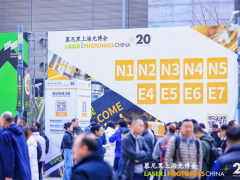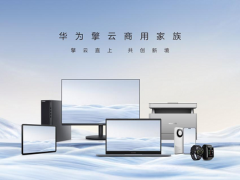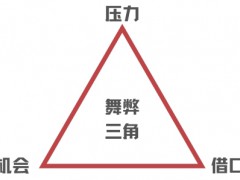???? 據能源經濟2月22日消息稱,目前,全球范圍內正在進行的氫項目投資高達3000億美元,預計將在2030年實現。根據一份新的報告,其中需要800億美元投資的項目已經處于成熟階段。
????在全球范圍內,已經宣布了228個大型項目,其中85%位于歐洲、亞洲和澳大利亞。這些項目包括大規模工業使用、交通應用、綜合氫經濟、基礎設施和超大規模生產項目。
????他說:“如果所有宣布的項目都取得成果,到2030年,總投資將達到3000億美元以上。目前,其中800億美元的投資可以認為已經成熟。”
????成熟的項目是指處于規劃階段、已經通過最終投資決定(FID)、正在建設、已經投產或正在運營的項目。
????該報告證實,從總擁有成本(TCO)的角度來看,到2030年,氫可能成為20多個應用領域中最具競爭力的低碳解決方案,包括長途卡車、航運和鋼鐵。
????通過三種集群類型進行氫能項目的部署已經越來越受到人們的青睞:支持煉油、發電、化肥和鋼鐵生產的工業中心;資源豐富的國家出口中心;以及燃料補給、港口物流、運輸等港區。
????該報告稱,集群成本的降低將使全球氫貿易成為可能,將日本、韓國和歐盟等未來主要需求中心與中東、北非、南美或澳大利亞等低成本氫生產地區連接起來。
????朱佳妮 摘譯自 能源經濟
????原文如下:
????$300 bn investment lined up in Hydrogen projects globally
????A mammoth $300 billion investment is currently lined up in Hydrogen projects globally that is set to materialize by 2030. Of this, projects entailing investment of $80 billion is already in mature stage, according to a new report.
????Globally, 228 large-scale projects have been announced with 85 per cent located in Europe, Asia, and Australia. These include large-scale industrial usage, transport applications, integrated hydrogen economy, infrastructure, and giga-scale production projects.
????"If all announced projects come to fruition, total investments will reach more than $300 billion in spending through 2030. Of this investment $80 billion can currently be considered mature," the report said.
????Mature projects are those which are in the planning stage, have passed a final investment decision (FID), or are under construction, already commissioned, or operational.
????The report confirms that – from a total cost of ownership (TCO) perspective – Hydrogen can become the most competitive low-carbon solution in more than 20 applications by 2030, including long haul trucking, shipping and steel.
????Deployment of Hydrogen projects through three cluster types is already gaining traction: Industrial centres that support refining, power generation, and fertiliser and steel production; export hubs in resource-rich countries; and port areas for fuel bunkering, port logistics, and transportation.
????The reduced costs from clusters will enable global trade in hydrogen, connecting future major demand centres such as Japan, South Korea, and the European Union to regions of abundant low-cost hydrogen production means like the Middle East, North Africa, South America, or Australia, according to the report.







